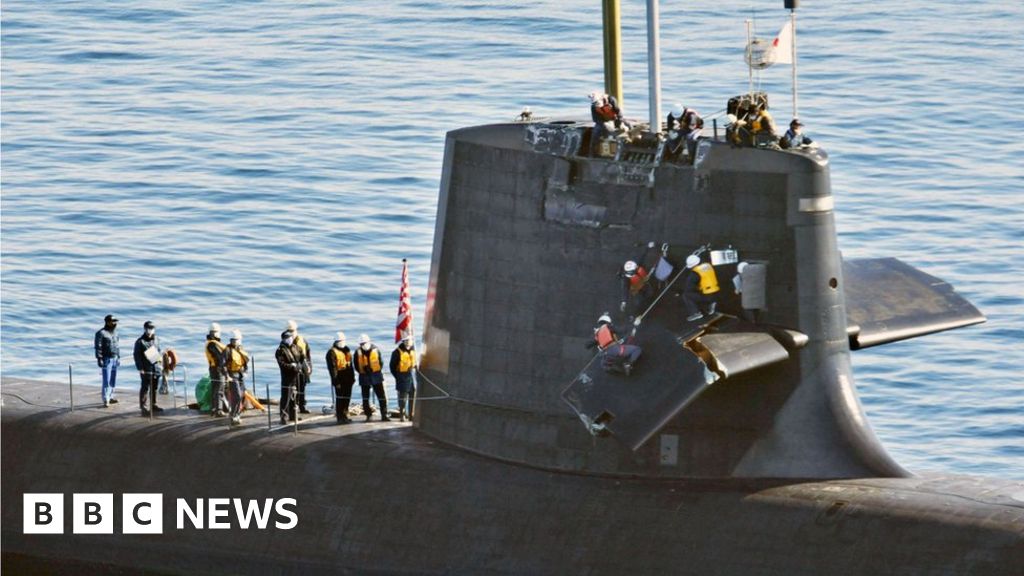Caveat: I am not a submariner, so take the following with a grain of salt.
Probably easier to answer your question using an analogy (maybe not, we'll see by the end).
Imagine yourself blindfolded, trying to get from one end of a cornfield maze to the other. Normally, it would be difficult to avoid bumping into the corn as you progress. If, however, you had a perfect map of the maze seared into your brain, knew your exact position relative to the maze prior to entering it, your body had a near-perfect sense of
proprioception (i.e. you could tell exactly how far you travelled with each step and how much of an angle you rotated when you turned), and you had the brainpower to plot all your movements in your mental map of the maze in real time, you could probably get to the end without touching the corn.
In this analogy, the map of the corn maze is accurate undersea charting, your known position before entering the maze is a GPS fix from the surface, your ability to accurately measure self-movement is the submarine's Inertial Navigation System, and your brain is the sub's navigation processor (and its human operators).
In a second scenario, you again are blindfolded and walking towards a busy 4 way intersection with the intent to cross it without getting hit. It's very foggy out so you have to assume that no car is going to see you in time as you're crossing to avoid hitting you. Now, fortunately you were blessed with very accurate ears that can a) make distinctions between different car noises so that you can get a sense of how many cars are at risk of hitting you, and b) tell in a general sense from the doppler shift being generated by those cars whether those cars are moving towards or away from you. You again have near-perfect proprioception, and your brain is able to process multiple noise sources at once and compare them with your own movement to try to figure out their true movement (e.g. moving in the N-S lane, the E-W lane, turning, etc.). Unfortunately though, these calculations take time, are being made using the imperfect information of the sound the cars make, and are made much more difficult by any erratic movements the cars in the intersection make.
The sub CO's job during surfacing is to process all of this information as well as he or she can to determine the position and movement of relevant surface vessels to make sure that the sub can safely surface without something like what's in the article happening. Unfortunately from time to time this does not go according to plan, and the investigators will need to determine if the accident occurred due to some likely combination of human error, incomplete information, inadequate training, inadequate policy, etc.
TL; DR: Modern submarine Inertial Navigation Systems and submarine charts are both very accurate, so dived navigation typically has less sources of error or confusion than trying to rely on passive acoustics and
Target Motion Analysis to determine a busy surface picture prior to surfacing. Sound propagation in bodies of water is dynamic and accurately measuring this is a tough nut to crack for even the most sophisticated sensors and processors.
Edit: To add, this is a contact detection and tracking issue, not specifically a surfacing issue.
There are known instances in the past of submarines bumping into each other while submerged. You just rarely hear about it as it's much lower probability than dealing with surface traffic due to the number of vessels which could be involved.



